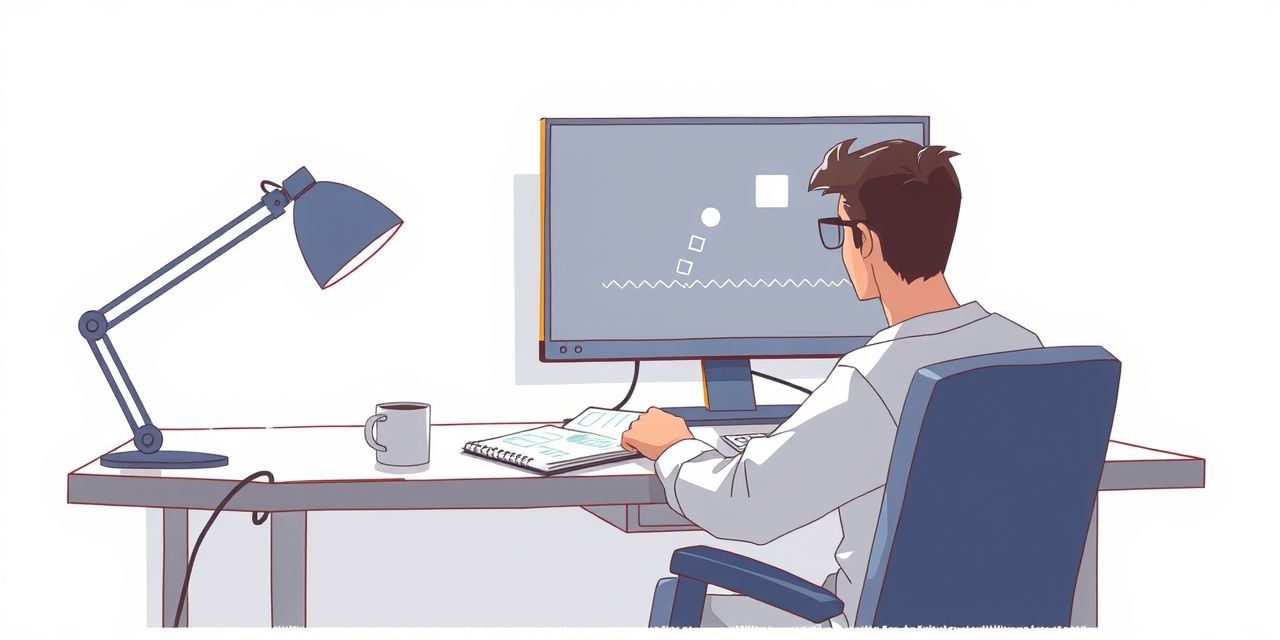
Published:
Most indie games don’t fail because of bad ideas - they fail because the idea stayed in someone’s head too long. If you want to make better games, faster, there’s one habit that separates dreamers from finishers: prototyping.
Prototypes are where real learning begins. Not your notebook. Not your mind. The moment you test an idea in-game - that’s when development truly starts.
A prototype isn’t a polished game. It’s not your final art. It’s not the UI. It’s a fast, rough version of one idea: a mechanic, a system, or even just a movement test.
If it works at this stage, it will likely work later. If it doesn’t, better to find out now - not after weeks of art, sound, and polish.
The sooner you test an idea, the sooner you know whether to pursue it or pivot. Waiting too long builds attachment to ideas that might not be fun.
Start with your game’s core loop. Ask: what’s the thing the player does over and over again? Build that - even with cubes and grey boxes.
The rest can wait. Music, menus, polish - all come after. The fun comes first.
Your prototype should be quick, disposable, and unpolished. It’s a tool for learning, not impressing. The goal is speed and clarity, not perfection. You’re not showing off - you’re testing if it’s fun.
If you want to stop guessing and start building games people enjoy, prototyping is your best tool. It shortens the gap between idea and insight.
The faster you build, the faster you learn. The faster you learn, the better your game becomes.